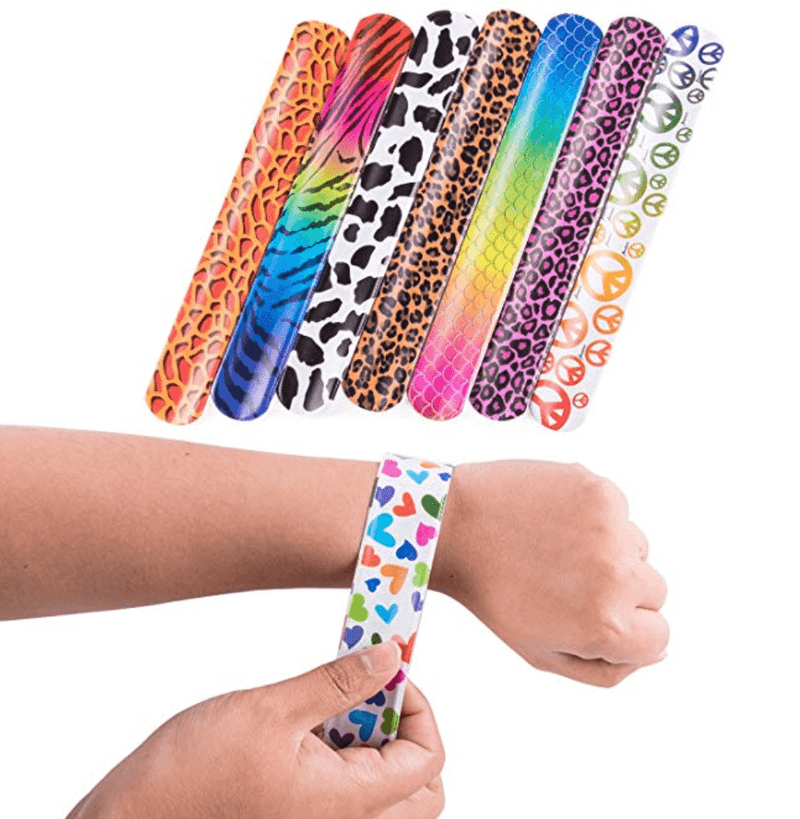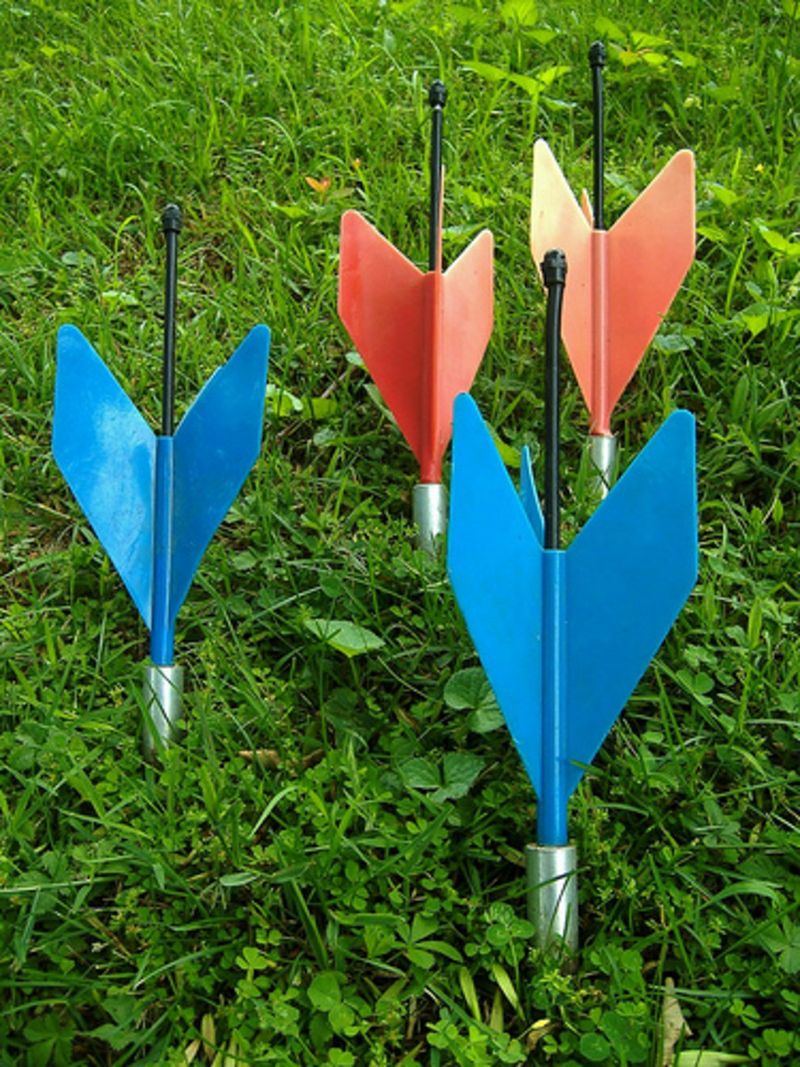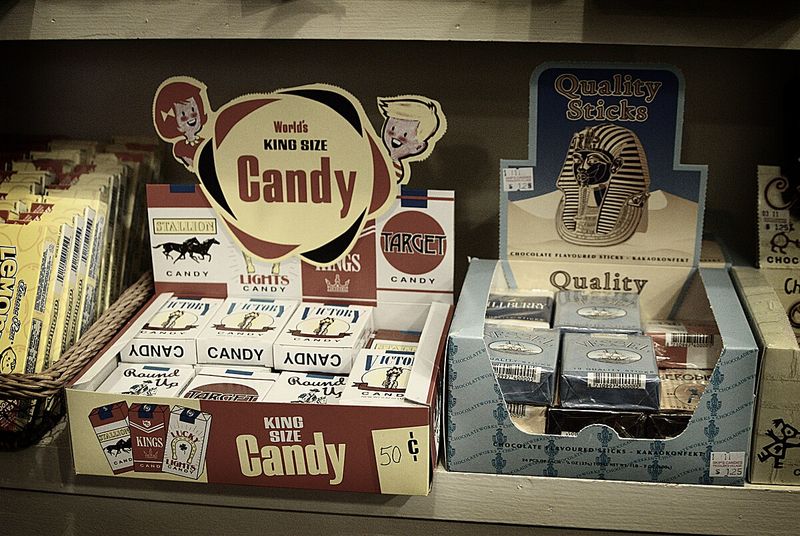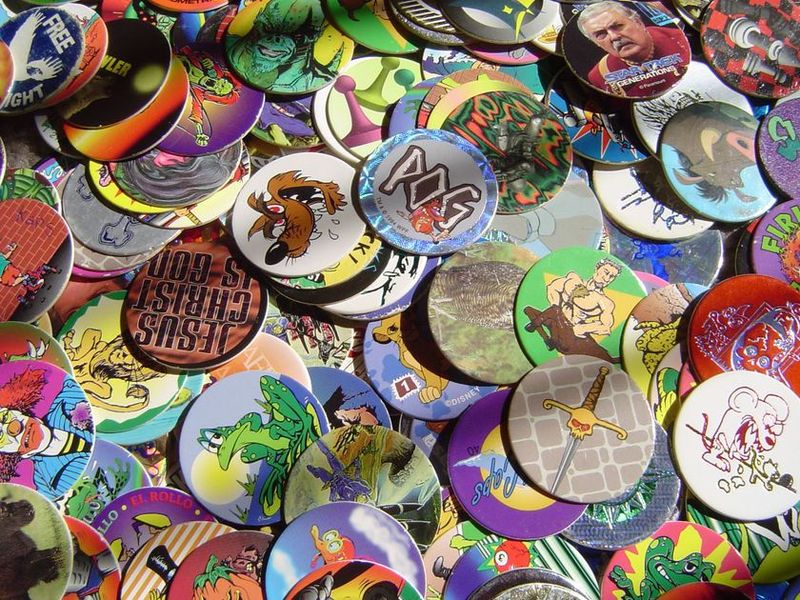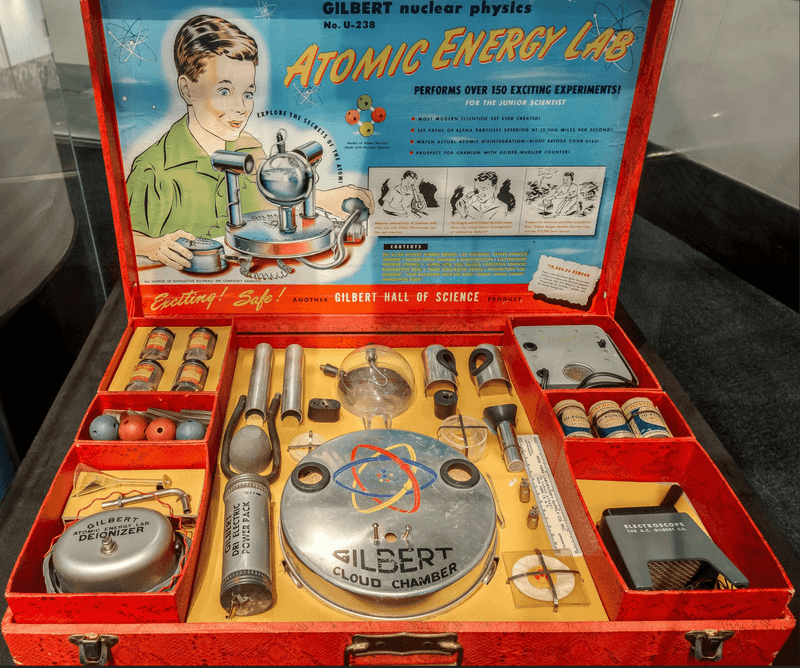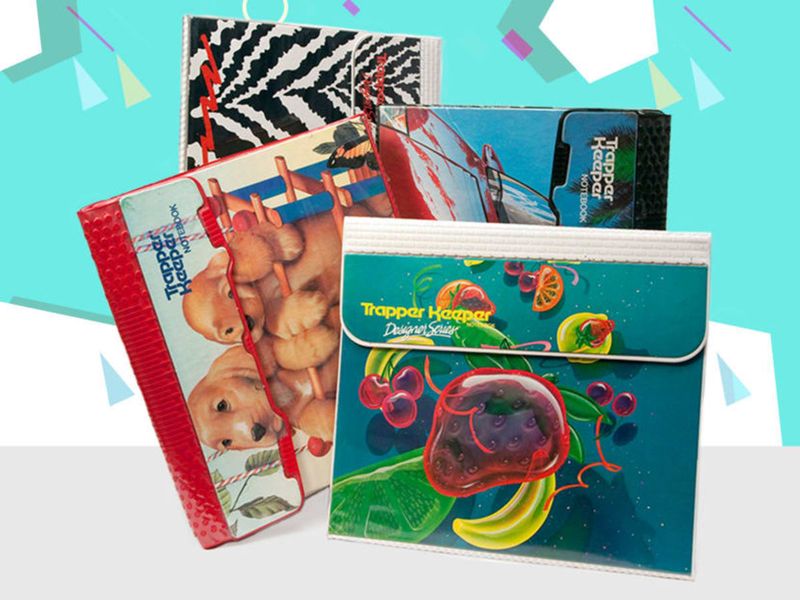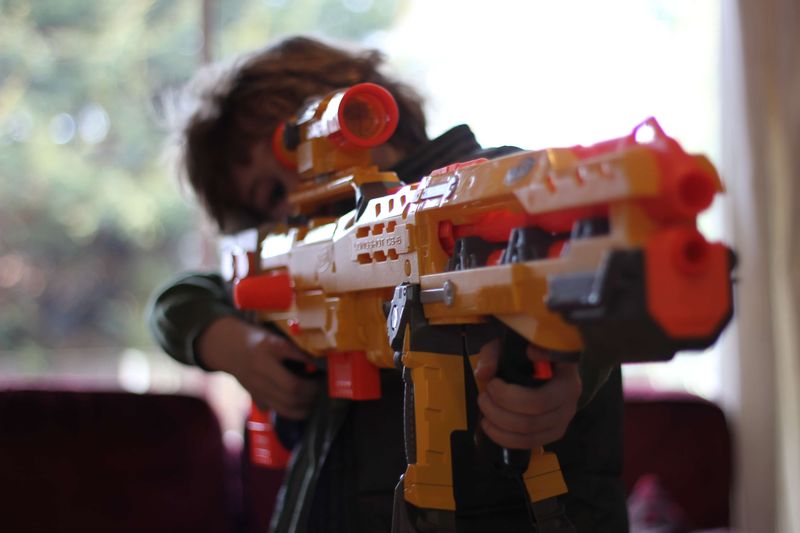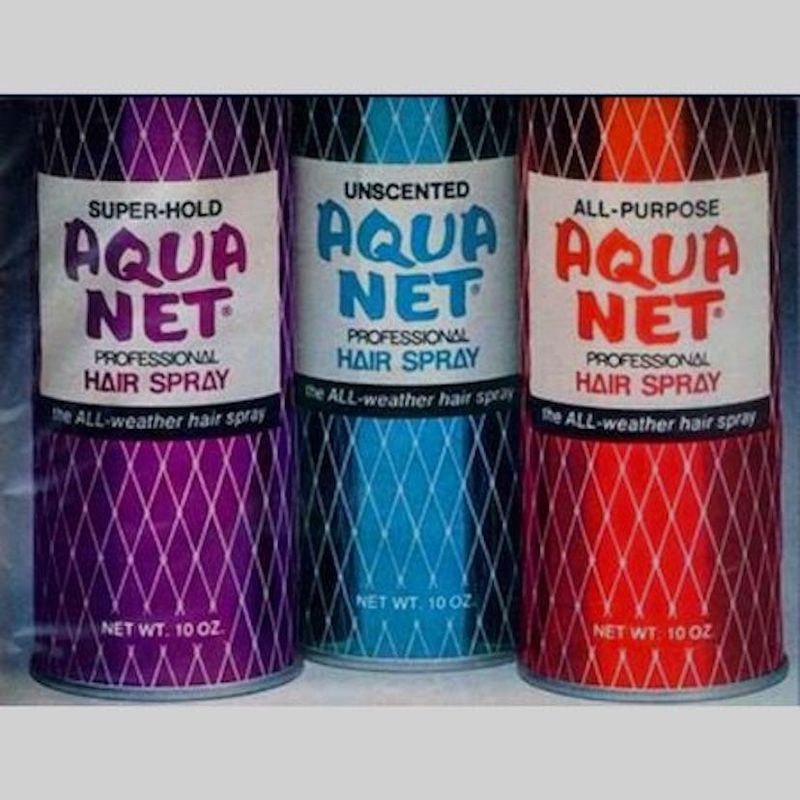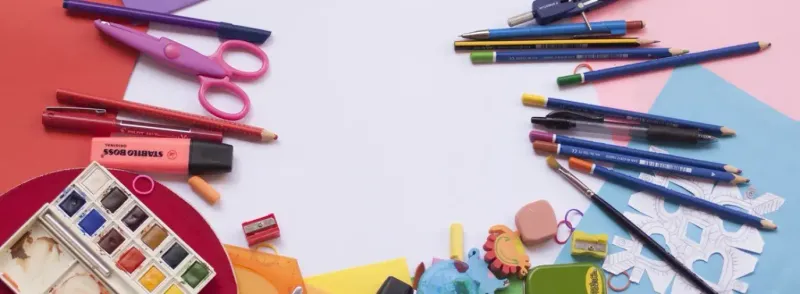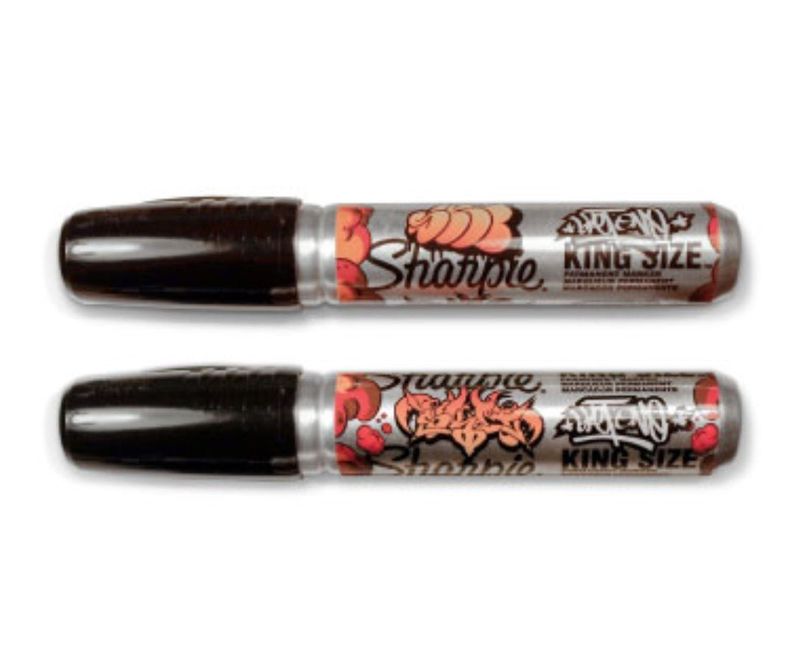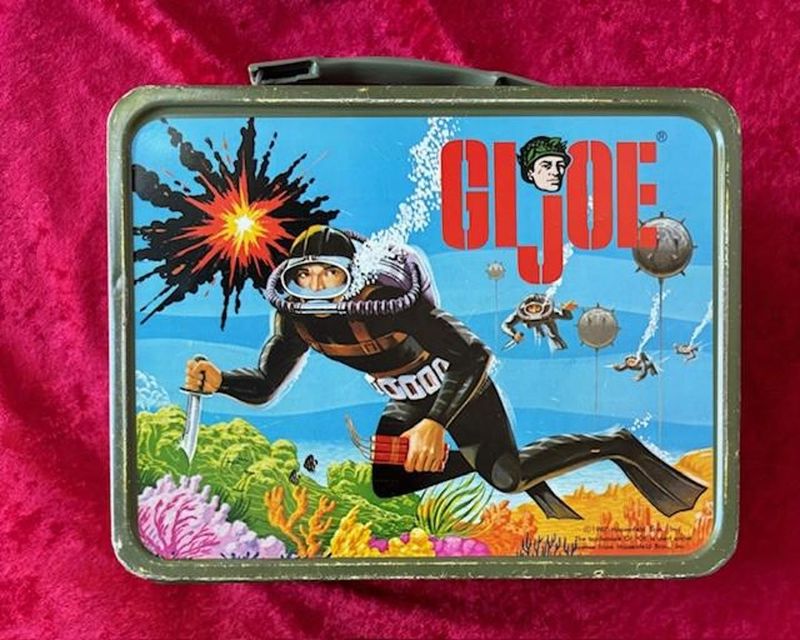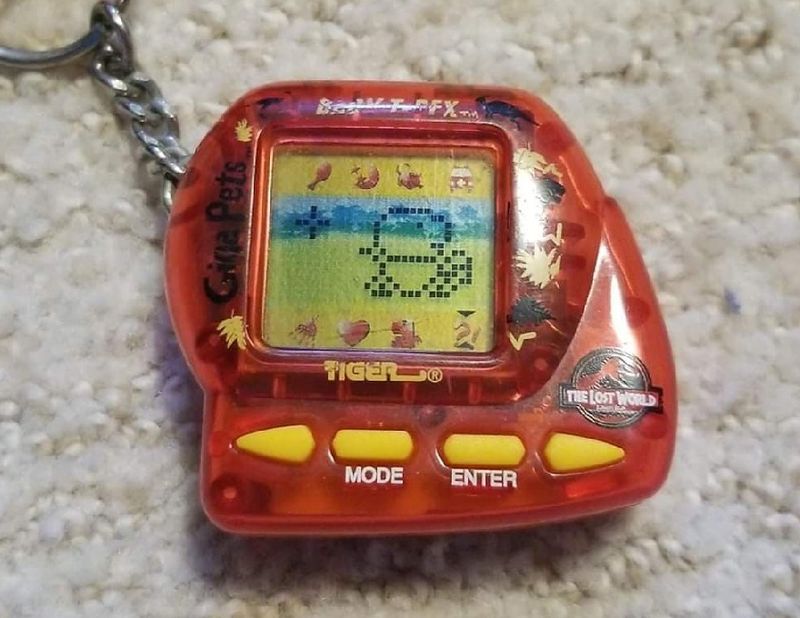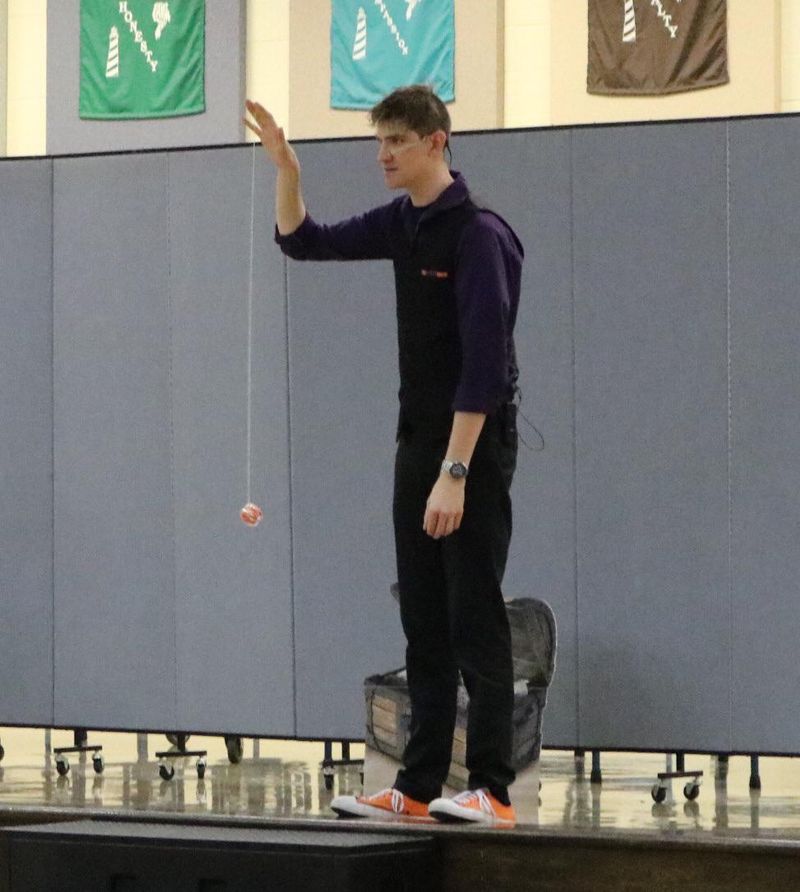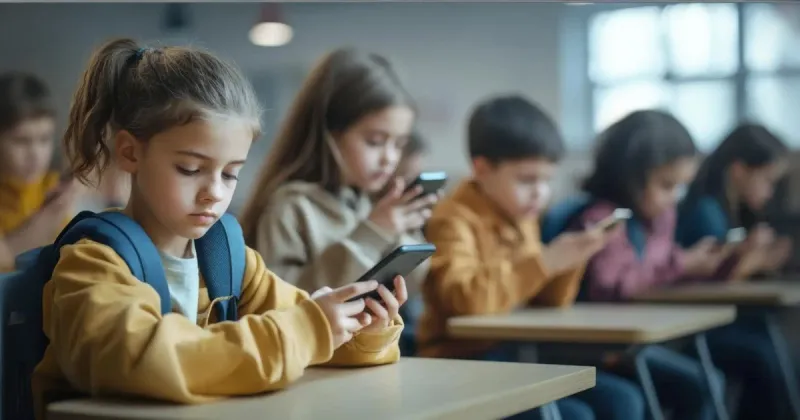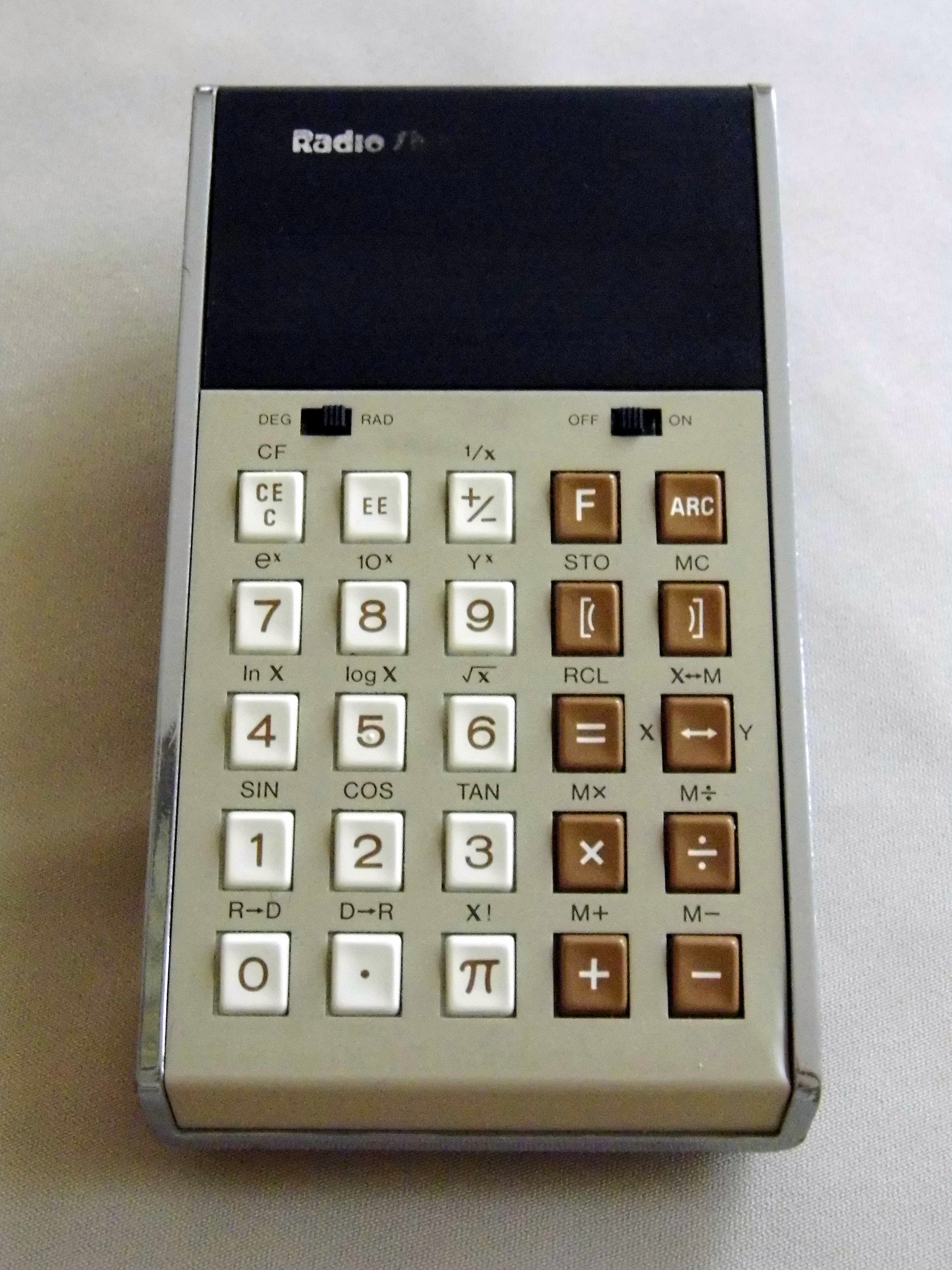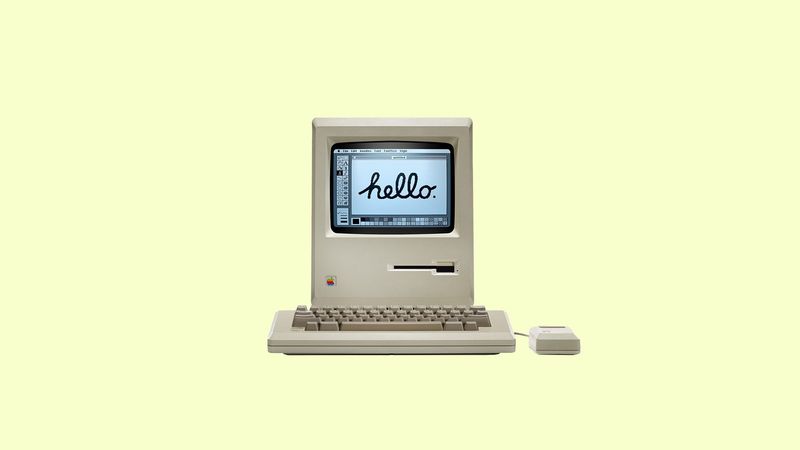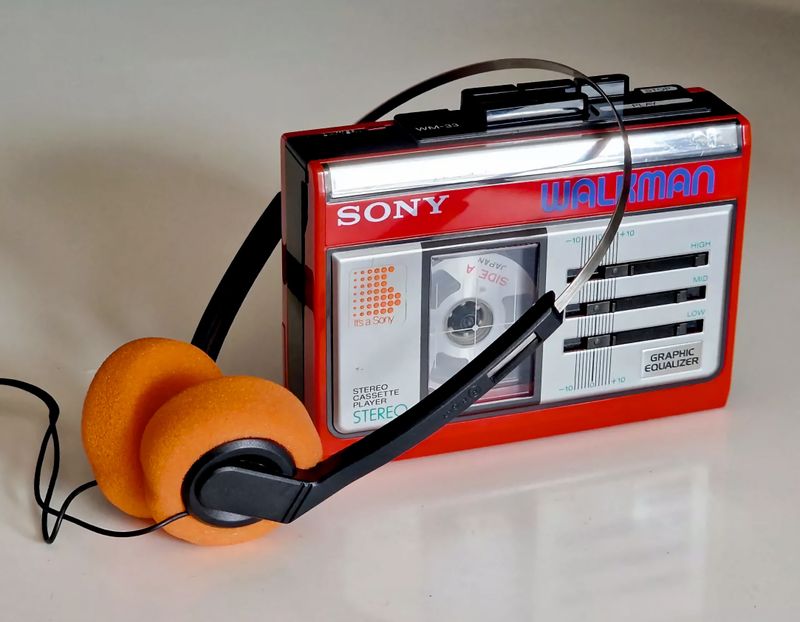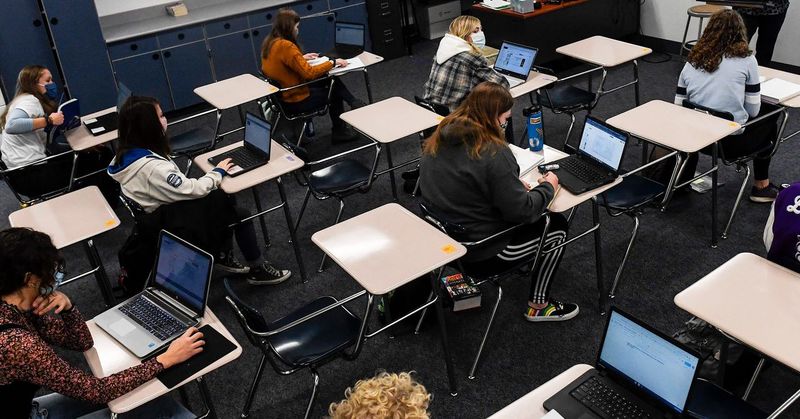Remember the good old days of school in the 1980s? The classroom landscape has changed dramatically since then. Many items that were commonplace in ’80s backpacks would trigger immediate confiscation today, while some modern school essentials were once strictly prohibited. This fascinating evolution of school rules reflects changing safety concerns, technological advances, and shifting cultural attitudes about what belongs in educational settings.
1. Slap Bracelets
These colorful metal strips covered in fabric were the ultimate ’80s playground currency. Kids would slap them against their wrists, where they’d curl into instant bracelets. The satisfying snap made them irresistible.
Unfortunately, when the fabric covering wore away, the exposed metal edges caused cuts and injuries. Schools quickly banned them as safety hazards. Some manufacturers attempted comebacks with plastic versions, but the damage to their reputation was done.
Today, you’d be hard-pressed to find these once-beloved accessories in any school, though nostalgic adults might still snap one on occasionally.
2. Lawn Darts (Jarts)
Large metal-tipped darts with plastic fins that students sometimes brought for recess games. These seemingly innocent outdoor toys were actually weighted weapons that caused numerous injuries when tossed skyward by unsuspecting children.
The Consumer Product Safety Commission banned their sale in 1988 after thousands of injuries and several deaths. Many schools had already prohibited them from playgrounds years earlier.
Modern versions exist with blunt plastic tips, but the original metal-tipped lawn darts remain illegal to sell in the United States and would cause immediate alarm if spotted in a school backpack today.
3. Candy Cigarettes
White candy sticks with red tips that mimicked the look of real cigarettes were common treats in the ’80s. Kids would pretend to smoke them during recess, imitating adults they saw in movies and at home.
Schools eventually banned these sugary props as awareness grew about encouraging tobacco use in children. Studies later confirmed that children who “played” with candy cigarettes were more likely to try actual smoking.
Today, these controversial candies have mostly disappeared from American stores. Any student bringing them to school would likely have them confiscated immediately and might face a discussion about tobacco awareness.
4. Mercury Thermometers
Science classes in the ’80s often featured mercury thermometers as standard equipment. Students handled these glass tubes filled with silvery liquid metal without much concern, sometimes even playing with spilled mercury if accidents occurred.
We now know mercury is a potent neurotoxin that can cause serious health problems through vapor inhalation or skin contact. Today, a broken mercury thermometer in a school would trigger hazmat protocols and possible building evacuation.
Modern schools exclusively use digital or alcohol-based thermometers. The days of watching that fascinating silver liquid rise in a glass tube are firmly behind us, replaced by safer alternatives and strict chemical safety protocols.
5. Pogs
These colorful cardboard discs inspired fierce playground competitions and trading sessions throughout the early ’90s (though they first appeared in the ’80s). Kids would stack them, slam them with metal or plastic “slammers,” and collect the ones that flipped over.
Schools banned Pogs when administrators realized they were essentially gambling tools. Students would play “for keeps,” winning each other’s prized collectibles and causing tearful confrontations between parents.
The competitive nature also led to arguments and fights on playgrounds. Though harmless compared to some items on this list, Pogs’ association with gambling and conflict earned them a permanent spot on most schools’ contraband lists.
6. Rubik’s Cube Keychains
Miniature Rubik’s Cubes attached to keychains were popular accessories for ’80s students. These pocket-sized puzzles let kids show off their solving skills between classes and during downtime.
Many schools now prohibit them as distractions. The clicking sounds and visual engagement pulled attention away from lessons, and students would secretly pass them under desks during tests.
The tiny size also made them choking hazards for younger students. While standard-sized Rubik’s Cubes might still be allowed in some schools during appropriate times, the keychain versions have largely disappeared from backpacks, replaced by fidget spinners and other modern distractions that face their own bans.
7. Snap Caps and Cap Guns
The distinct smell of gunpowder filled ’80s playgrounds when kids brought cap guns and snap caps to school. These toy weapons used small amounts of explosive material to create popping sounds and smoke when triggered.
The realistic appearance of many cap guns and their startling noise led to widespread school bans. In today’s zero-tolerance environment for anything resembling a weapon, bringing a cap gun would result in serious disciplinary action.
Even the paper snap caps (tiny white dots that popped when thrown against hard surfaces) are now prohibited in most schools. The combination of noise, minor explosive material, and weapon simulation makes these once-common toys complete non-starters in modern classrooms.
8. Asbestos Science Equipment
Science labs in the ’80s commonly used asbestos-containing materials as heat shields and protective surfaces. Wire gauze squares with asbestos centers were standard equipment for Bunsen burner experiments, handled directly by students without safety concerns.
We now understand that asbestos exposure causes mesothelioma and other serious illnesses. Schools have spent billions removing asbestos from buildings and equipment.
Today’s science classes use ceramic heat-resistant materials instead. Any discovery of asbestos-containing equipment would trigger immediate removal and possibly close the lab until safety inspections could be completed. This dangerous mineral exemplifies how something once considered perfectly safe can become absolutely forbidden as scientific understanding advances.
9. Toxic Chemistry Sets
Chemistry sets from the ’80s contained chemicals that would horrify today’s safety officers. Students could bring these sets to school for science projects, containing substances like potassium nitrate, ammonium nitrate, and various acidic compounds.
Modern chemistry sets contain dramatically diluted chemicals and fewer components. The days of creating minor explosions, color-changing reactions, or smoke bombs with school chemistry sets are long gone.
Today’s schools have strict chemical inventories and safety protocols. Any student bringing unauthorized chemicals would face serious consequences, as schools maintain careful control over all potentially dangerous substances, reflecting our increased awareness of chemical safety and liability concerns.
10. Trapper Keepers
These iconic binders with their Velcro closures and colorful designs were the ultimate ’80s status symbol. Students loved the all-in-one organization system with its folders, notebook paper, and distinctive closing sound.
Surprisingly, many schools banned Trapper Keepers because that satisfying ripping sound disrupted classes. The bulky size also wouldn’t fit in standard desks, and teachers complained they allowed students to hide notes and other contraband.
Some schools cited the distraction factor of particularly flashy designs featuring popular characters and trends. While less controversial than other items on this list, these beloved organizational tools faced surprising resistance from educators who preferred standard three-ring binders without the bells and whistles.
11. Realistic Toy Weapons
Toy guns, knives, and other weapon replicas that looked startlingly real were common ’80s playthings. Some kids would bring these toys to school for playground games of cops and robbers or military missions.
The visual similarity to actual weapons created obvious safety concerns. Police officers and school staff couldn’t immediately distinguish between real threats and toys, leading to dangerous misunderstandings.
Today, bringing any toy resembling a weapon to school typically results in serious disciplinary action, including possible suspension or expulsion under zero-tolerance policies. Modern toy weapons must be brightly colored and obviously fake, though many schools ban even these clearly unrealistic versions to maintain weapon-free environments.
12. Aerosol Hairspray
The bigger the hair, the closer to heaven – that seemed to be the ’80s motto. Teenagers brought aerosol hairspray to school to maintain their towering, teased hairstyles throughout the day, often applying more between classes.
Schools began banning these products due to their flammability, especially near science labs with open flames. The aerosol propellants also contained chemicals harmful to the ozone layer and triggered respiratory problems in sensitive students.
Modern schools prohibit aerosol products entirely, with concerns about asthma attacks, allergic reactions, and potential abuse through huffing. The distinctive hiss of hairspray in school bathrooms has been replaced by pump sprays – if they’re allowed at all.
13. Liquid Paper (White-Out)
Small bottles of correction fluid were essential for ’80s students using typewriters or writing assignments in ink. The strong-smelling white liquid covered mistakes, allowing for cleaner-looking papers.
Schools began restricting Liquid Paper when they discovered students were sniffing it to get high. The chemical toluene created a brief euphoric effect but could cause brain damage, liver damage, and even death with repeated abuse.
Modern schools either ban liquid correction products entirely or strictly control their use. Correction tape or pens have largely replaced the liquid version, eliminating the sniffing potential while still allowing students to fix mistakes on written assignments without the dangerous chemical exposure.
14. Lead-Containing Art Supplies
Art classes in the ’80s often used materials containing lead and other toxic substances without much concern. Certain paints, glazes, and even some colored pencils contained lead compounds that students handled regularly.
Research eventually confirmed that even low-level lead exposure could impair brain development and cause behavioral problems in children. Schools gradually removed these materials as awareness increased about their dangers.
Today’s classrooms exclusively use non-toxic art supplies certified by safety organizations. Any art materials containing lead or other heavy metals would be immediately removed from school premises. This shift reflects our improved understanding of how environmental toxins affect developing brains and bodies.
15. Permanent Markers
Sharpies and other permanent markers were standard school supplies in the ’80s. Students used them for posters, labeling belongings, and occasionally drawing on themselves or each other during boring classes.
Schools started restricting these markers when graffiti became a major problem in school buildings. The indelible ink damaged property and created cleaning challenges for maintenance staff.
Health concerns also arose about students inhaling marker fumes or absorbing chemicals through skin when drawing on themselves. Today, many schools only allow permanent markers under direct supervision for specific projects. Students found with unauthorized markers might have them confiscated or face consequences, especially if there’s evidence of misuse.
16. Metal Lunchboxes
Sturdy metal lunchboxes featuring popular characters were lunchtime status symbols throughout the ’80s. These durable containers protected sandwiches and snacks while showcasing your love of He-Man, She-Ra, or the A-Team.
Schools began banning them when they realized these solid metal boxes could become weapons during playground disputes. The hard corners and edges could cause injuries, and some students would swing them by the handle during fights.
Modern lunchboxes are almost exclusively made from soft materials like fabric or flexible plastic. The classic metal lunchbox has become a collector’s item rather than a practical school supply, representing a bygone era when potential safety concerns weren’t as closely scrutinized.
17. Dodgeball Equipment
The red rubber balls of dodgeball were fixtures in ’80s gym classes. Students would enthusiastically pelt each other while teachers encouraged the competitive atmosphere, seeing it as character-building exercise.
Many schools have since banned traditional dodgeball, citing concerns about bullying, exclusion, and physical injuries. Critics argue the game encourages targeting weaker students and celebrates aggression rather than cooperation.
Some physical education programs have developed modified versions with softer foam balls and rule changes to make the game more inclusive. However, the classic version where students are eliminated after being hit has largely disappeared from school gymnasiums, replaced by activities promoting teamwork and equal participation.
18. Wrist Watches with Games
Digital watches with tiny built-in games were cutting-edge technology in the late ’80s. Students would discreetly play simple pixel games during class, hiding their wrists under desks to avoid teacher detection.
These early wearable gaming devices were banned for their distraction potential. The beeping sounds often gave away students who were gaming instead of learning, leading to confiscation.
Today’s smartwatches face even stricter regulation in schools, with many institutions requiring they be turned off or left at home during testing. The concerns have evolved from simple distraction to sophisticated cheating potential, as modern devices can access information, communicate with others, and even take photos of test materials.
19. Yo-Yos and Similar Toys
During the many yo-yo crazes of the ’80s, students brought these spinning toys to school to practice tricks and compete with friends. Walking the dog, around the world, and other moves were demonstrated during recess and sometimes sneakily during class.
Schools often banned yo-yos when they became too disruptive or dangerous. Enthusiastic but unskilled players would accidentally hit other students or damage classroom property with wayward throws.
The pattern continues today with each new toy trend – fidget spinners, pop-its, and other handheld distractions face similar restrictions. Schools must continuously evaluate which items help students focus versus which ones simply distract from learning environments.
20. Smartphones (Once Forbidden)
Hard to believe now, but when cell phones first appeared in schools in the late ’90s and early 2000s, they were universally banned. Administrators saw no educational value in these devices, viewing them solely as distractions and potential cheating tools.
Today, many schools have adopted BYOD (Bring Your Own Device) policies that integrate smartphones into learning activities. Students use them for research, interactive polls, educational apps, and digital textbooks.
This dramatic reversal represents one of the most significant shifts in school policy. Though rules still exist about appropriate usage times, the complete prohibition has evolved into structured integration, acknowledging these devices as potential learning tools rather than mere disruptions.
21. Calculators (Once Forbidden)
Believe it or not, calculators were once strictly prohibited in math classes! Teachers in the 1970s worried that these electronic aids would prevent students from learning fundamental arithmetic skills and mental math abilities.
The debate raged through the early ’80s until educators gradually recognized calculators could enhance rather than replace mathematical understanding. Schools began allowing basic calculators for specific purposes while still requiring students to show manual calculation work.
Today’s graphing calculators are required equipment for advanced math courses. This evolution from forbidden technology to essential learning tool demonstrates how educational philosophies adapt as we better understand how technology can support rather than shortcut learning processes.
22. Personal Computers (Once Forbidden)
When the first personal computers appeared in the early 1980s, many schools prohibited students from bringing their own machines. Administrators worried about theft, damage, inequality between students, and distraction from traditional learning methods.
This stance seems unimaginable now that laptops are essential educational tools. The transition happened gradually as schools recognized the learning potential of these devices outweighed the management challenges.
Today’s students are often required to bring laptops or tablets to class. This complete policy reversal shows how dramatically educational technology has transformed, from suspicious novelty to core infrastructure. Schools now focus on teaching responsible digital citizenship rather than limiting access to computing tools.
23. Headphones (Once Forbidden)
Walkman players and headphones were strictly prohibited in 1980s classrooms. Teachers saw no educational value in personal music players and worried about isolation and distraction when students tuned out their surroundings.
Today, headphones are often encouraged for certain activities. Students use them during independent work time, for language labs, and to accommodate different learning preferences in flexible classroom arrangements.
Research showing how music and audio content can enhance focus for some learners helped change this policy. Modern classrooms might even have designated headphone stations for students who work better with audio isolation. This shift represents our evolving understanding of diverse learning styles and individualized education approaches.
24. Internet Access (Once Forbidden)
When the internet first became accessible in schools during the mid-1990s, many institutions heavily restricted or completely banned student access. Administrators feared inappropriate content, predators, and academic dishonesty through easy information access.
The contrast with today couldn’t be more striking. Internet access is now considered a fundamental educational resource, with schools investing heavily in bandwidth and connectivity.
The shift occurred as educators recognized the internet’s vast learning potential outweighed its risks when properly managed. Today’s approach focuses on teaching responsible internet use rather than limiting access. Schools implement content filters and digital citizenship education instead of prohibition, acknowledging the internet as an essential tool for modern learning.
25. Video Games (Once Forbidden)
Video games were the educational enemy in the 1980s. Teachers and administrators saw them only as mindless entertainment that distracted from academic pursuits and possibly promoted violent behavior.
Today, educational gaming is a recognized teaching strategy. Schools use game-based learning platforms to teach everything from math facts to historical events, leveraging students’ natural engagement with game mechanics to enhance learning.
Research showing how well-designed games can develop problem-solving skills, strategic thinking, and persistence helped change attitudes. While recreational gaming during school hours remains restricted, the educational value of gaming principles has been embraced, representing a dramatic shift from total prohibition to strategic implementation.
26. Social Media (Once Forbidden)
Early social media platforms were universally blocked in schools. Administrators saw MySpace, early Facebook, and similar sites as purely social distractions with significant safety and privacy concerns for students.
Many schools now incorporate controlled social media use into curriculum. Students create content for class Twitter accounts, collaborate on educational Facebook groups, or use Instagram for visual learning projects.
This shift reflects recognition that social media literacy is an essential skill for modern life. Rather than pretending these platforms don’t exist during school hours, educators now focus on teaching responsible digital citizenship. The goal has become preparing students to navigate online social spaces thoughtfully rather than simply restricting access.
27. Ebooks and Digital Textbooks (Once Forbidden)
Electronic books were initially viewed with suspicion in educational settings. Many schools resisted digital reading materials, concerned about screen time, digital distractions, and the perceived superiority of physical books for deep reading.
The situation has dramatically reversed. Digital textbooks and e-readers are now standard in many classrooms, offering advantages like searchability, multimedia integration, and reduced physical weight in backpacks.
Research showing comparable or sometimes superior comprehension with digital texts helped change attitudes. The pandemic accelerated this transition as remote learning necessitated digital materials. Today’s debate centers less on whether digital books belong in education and more on how to optimize their use alongside traditional materials.

